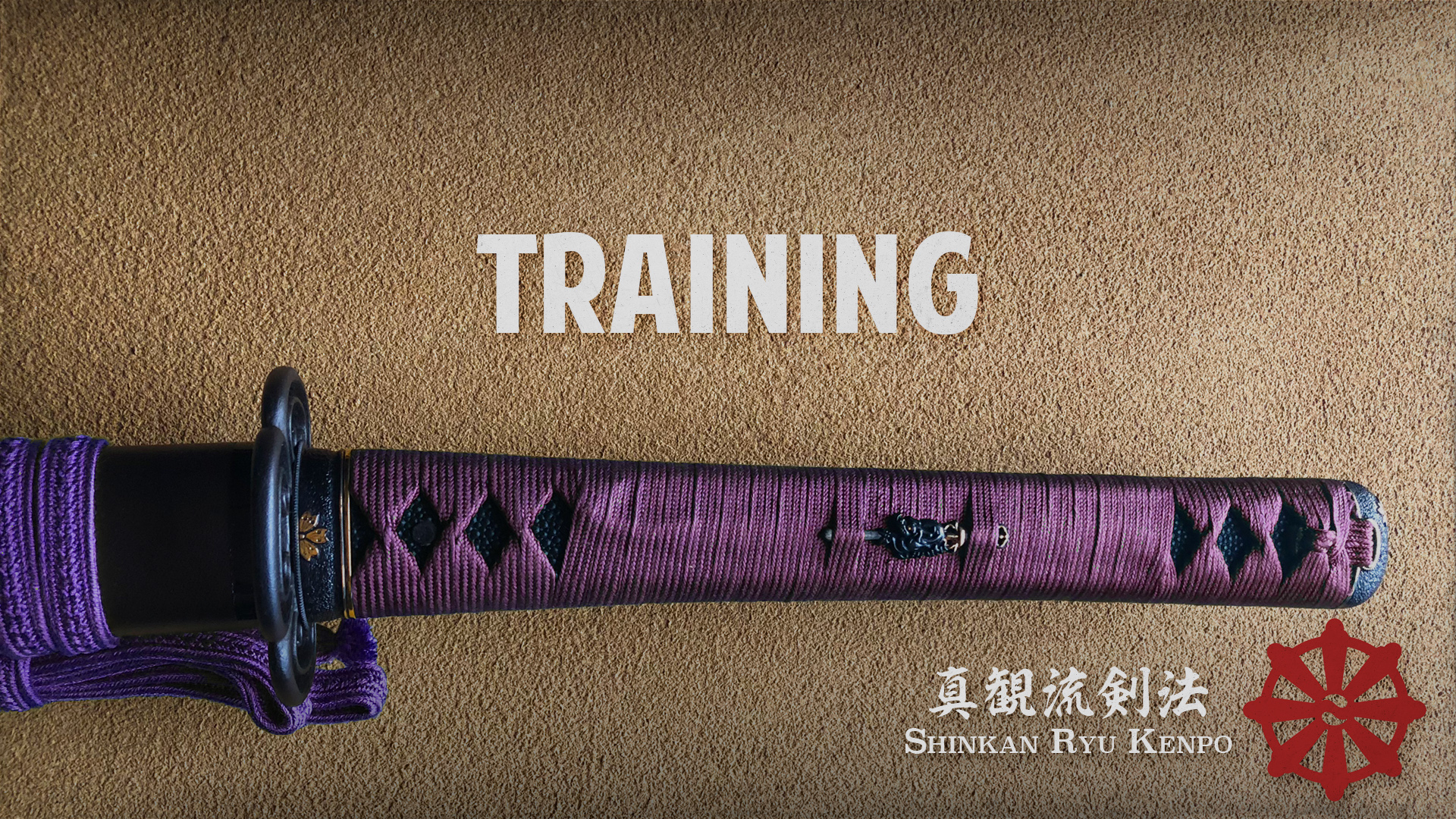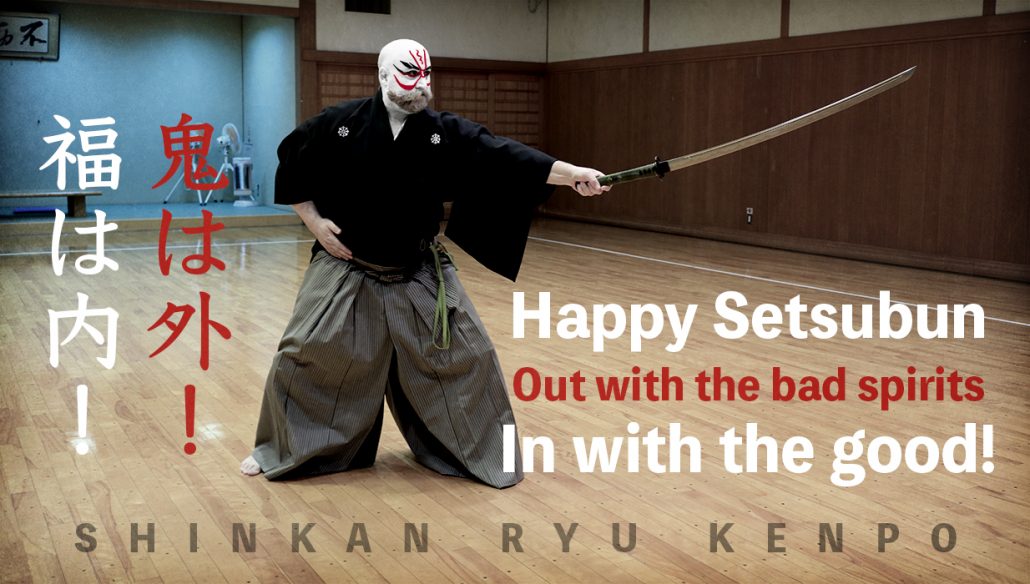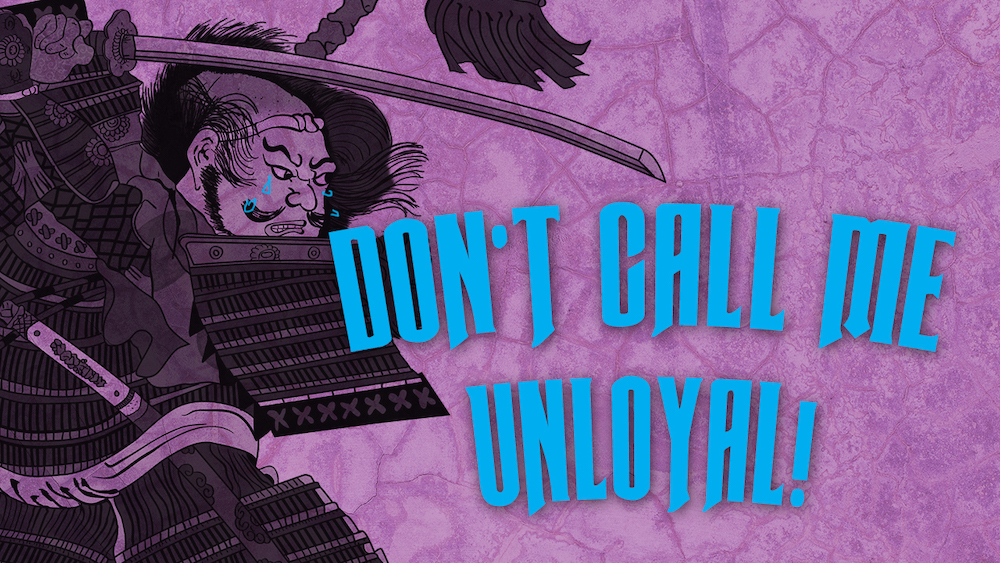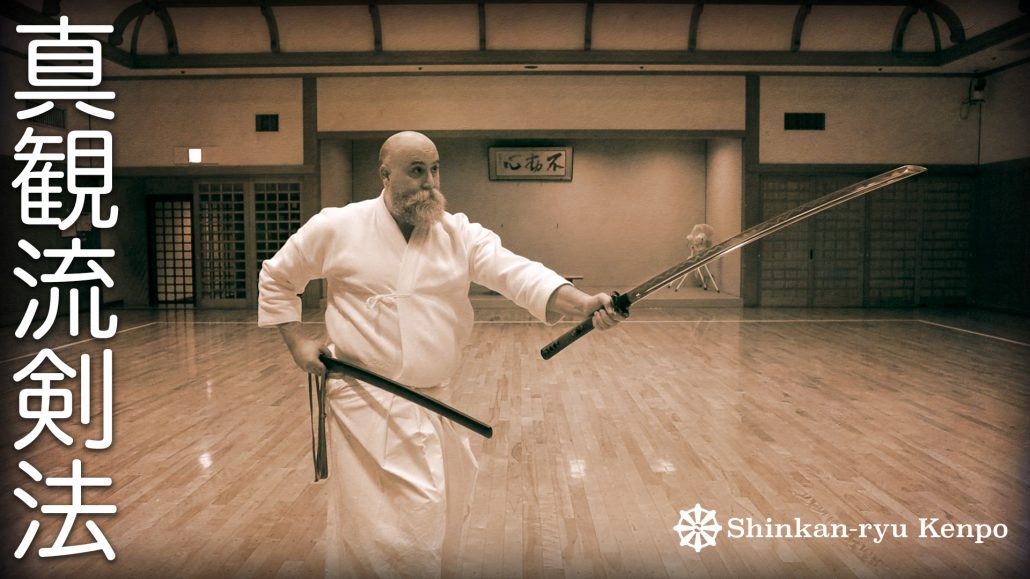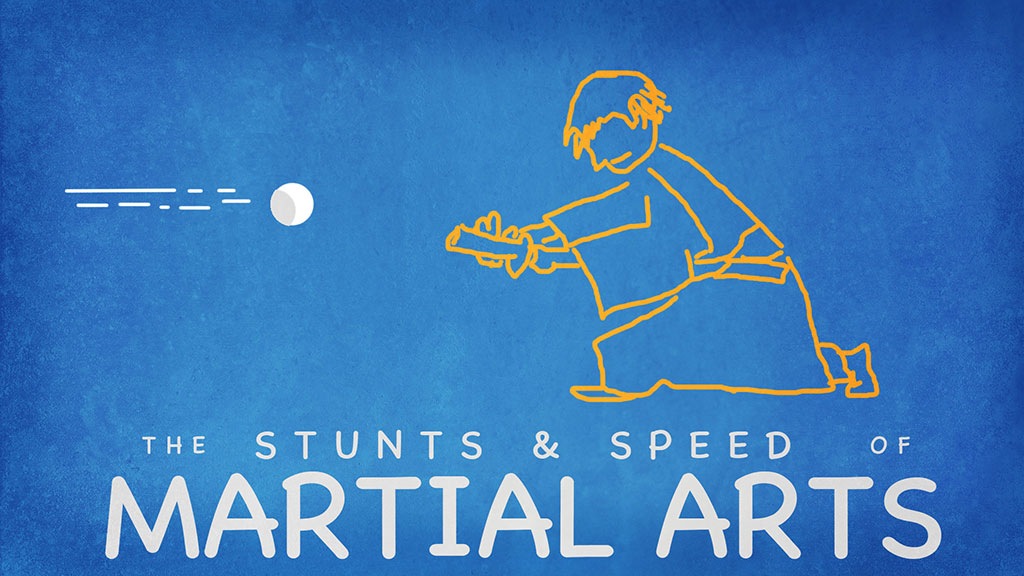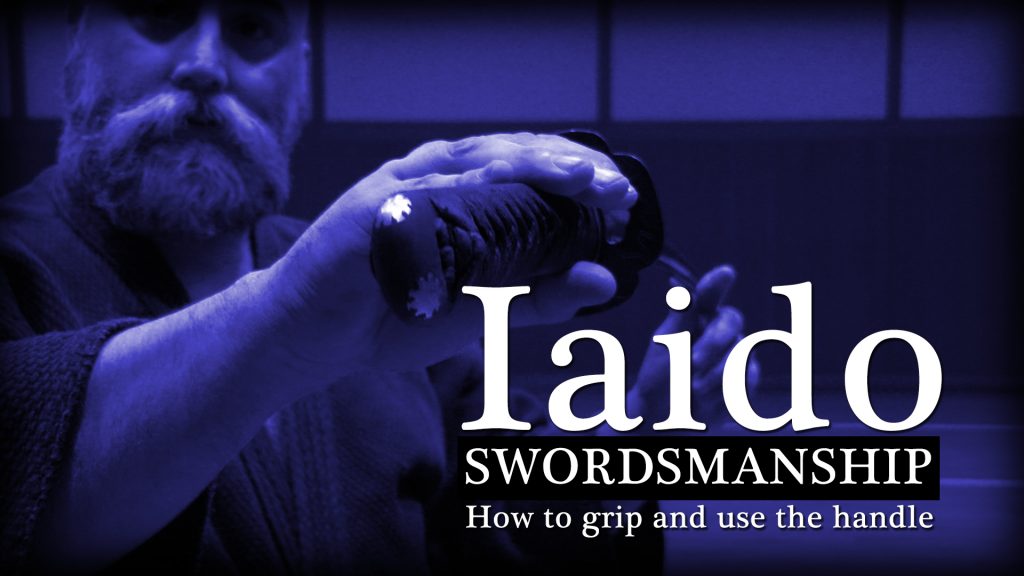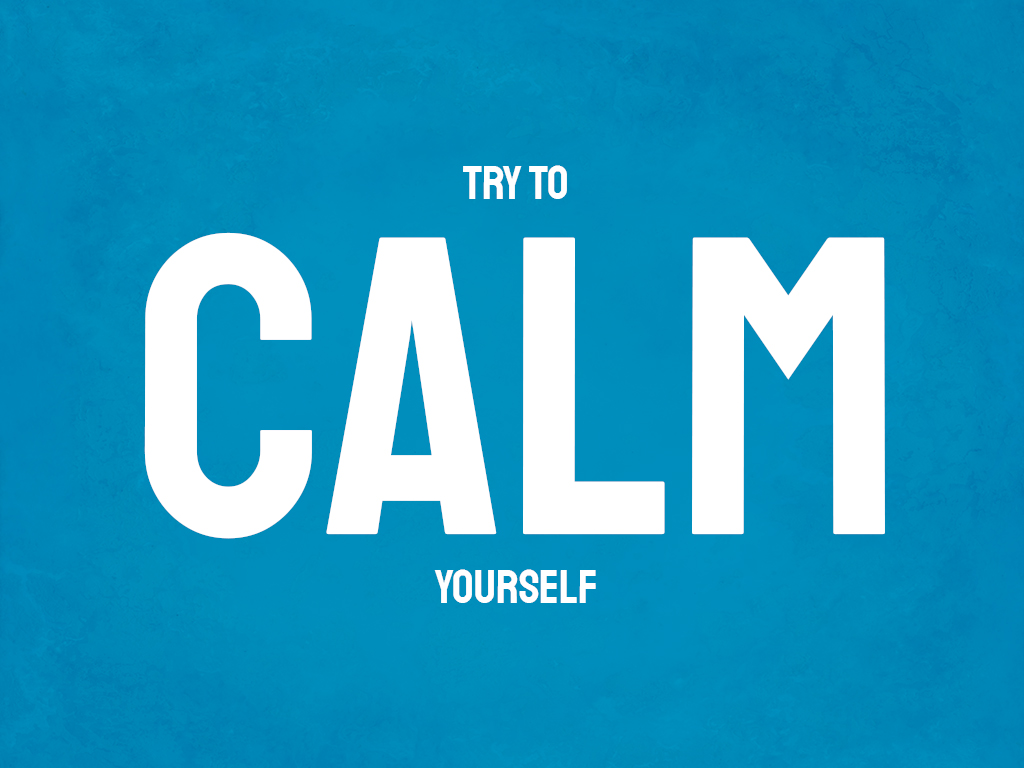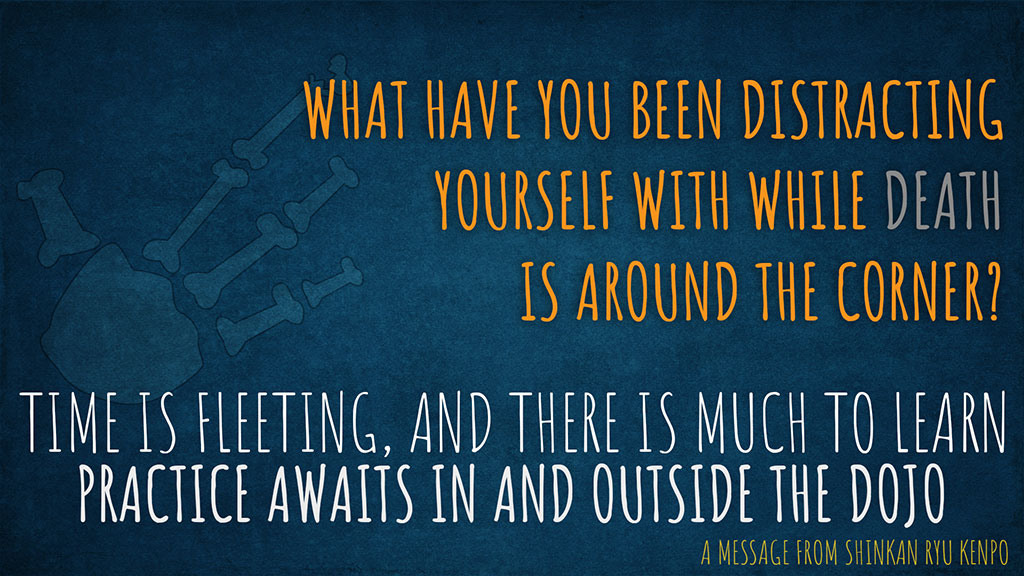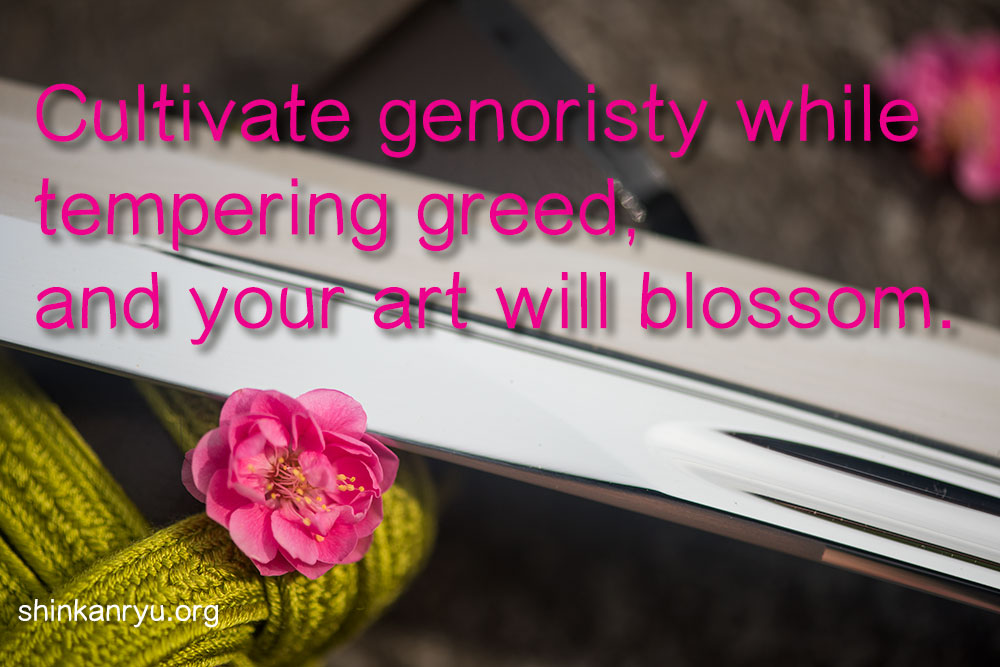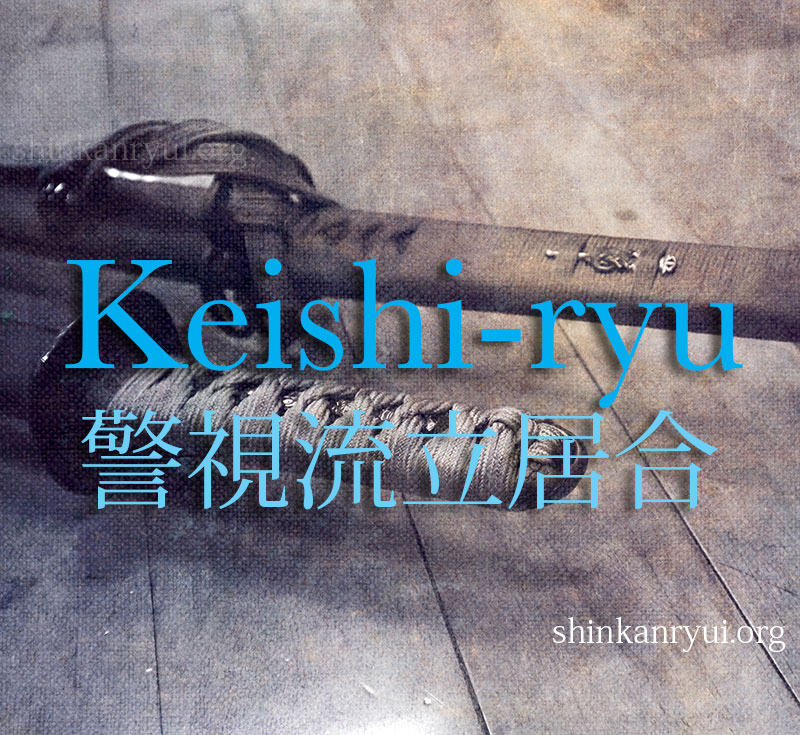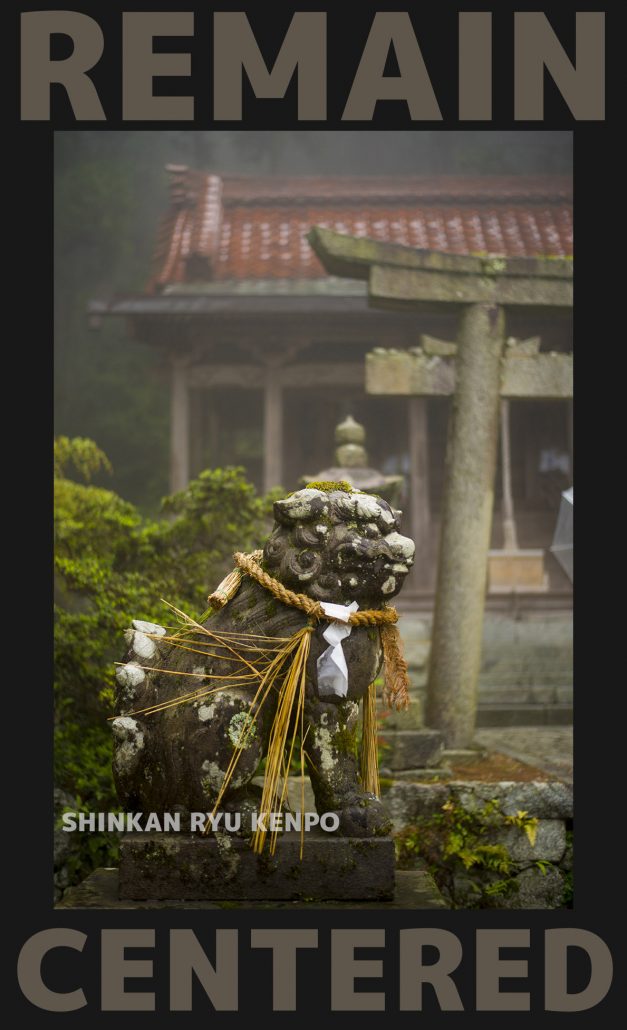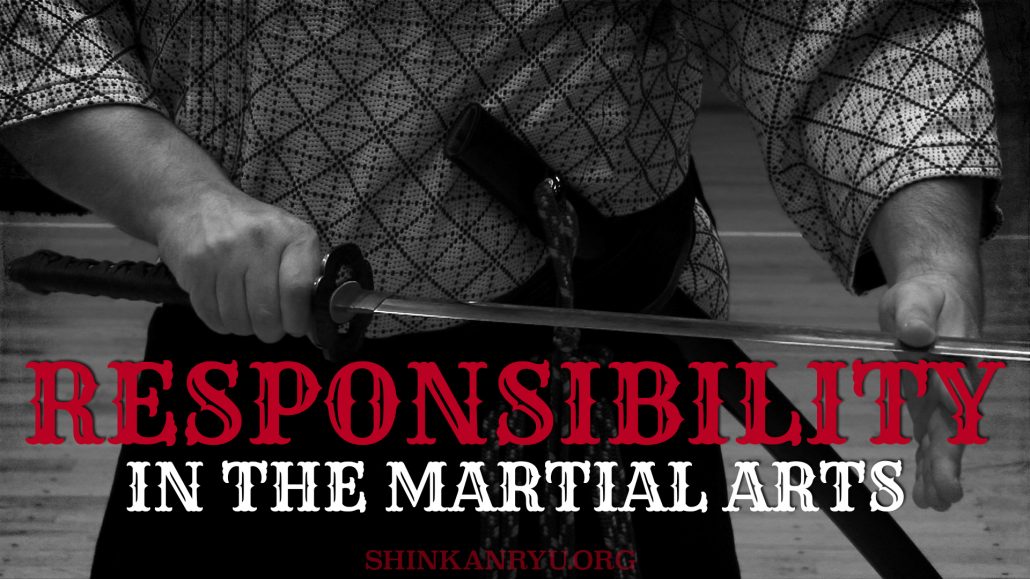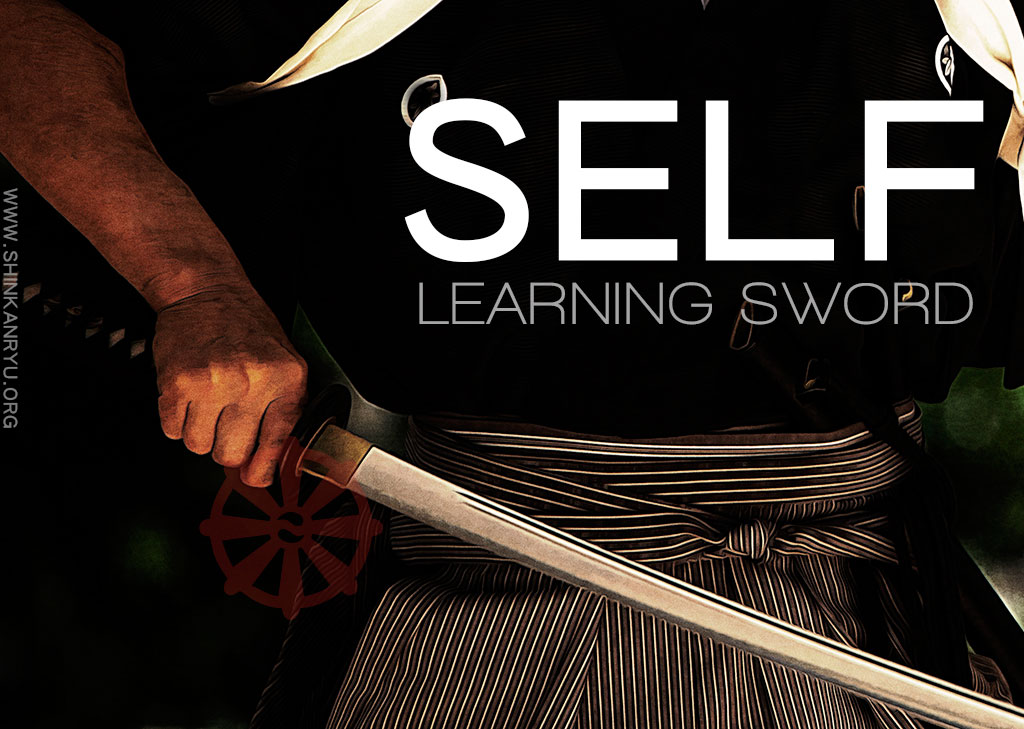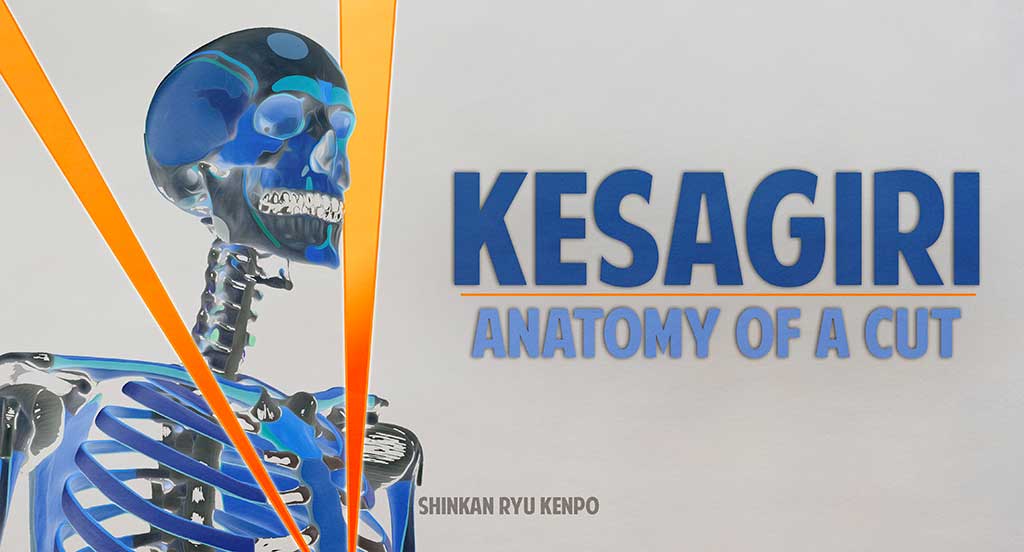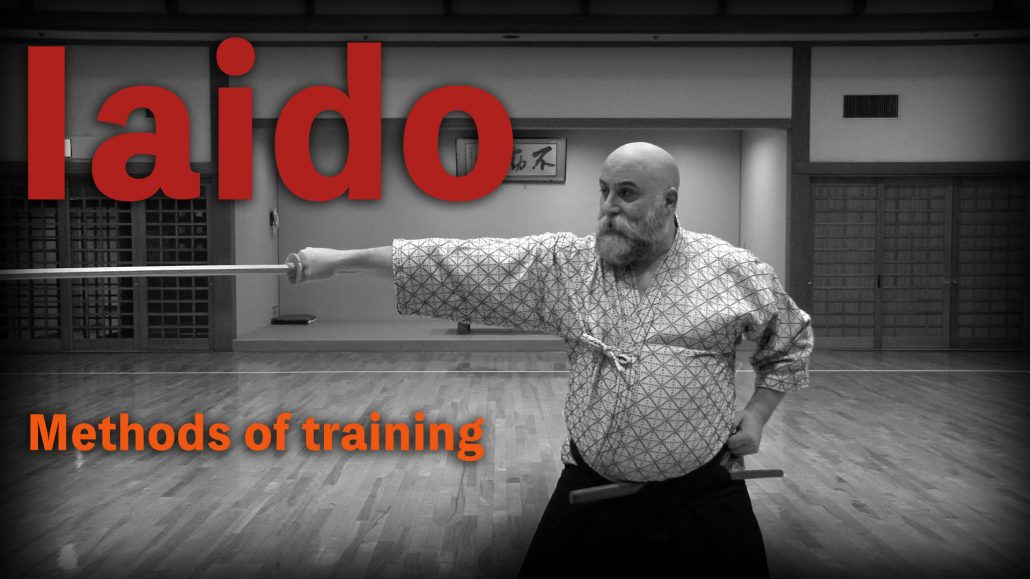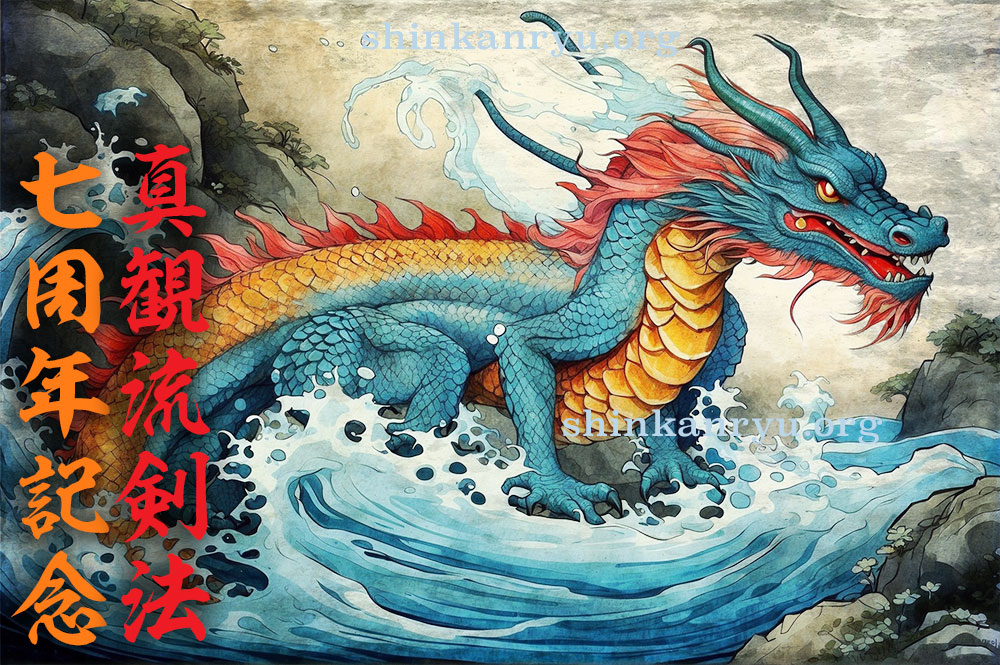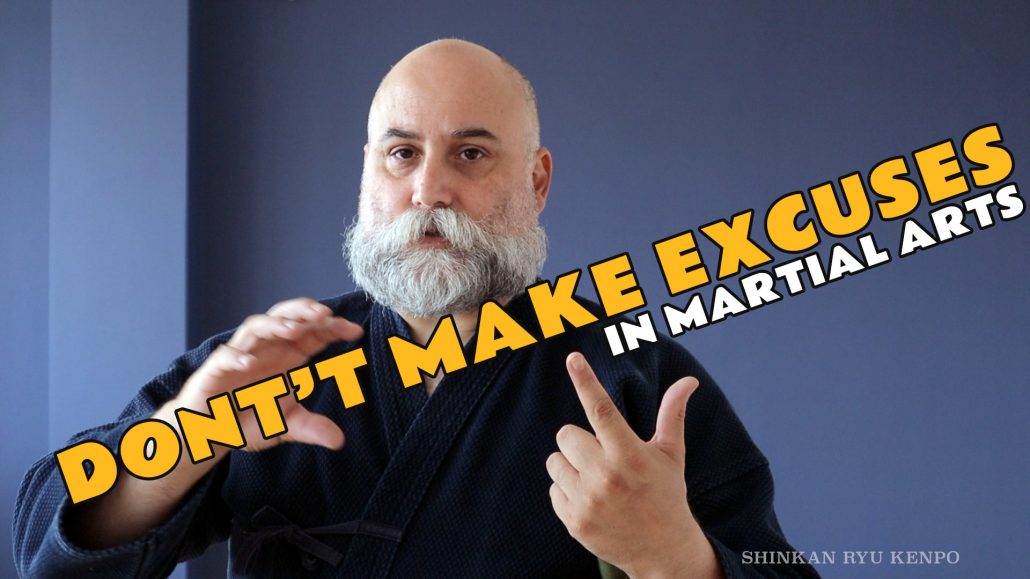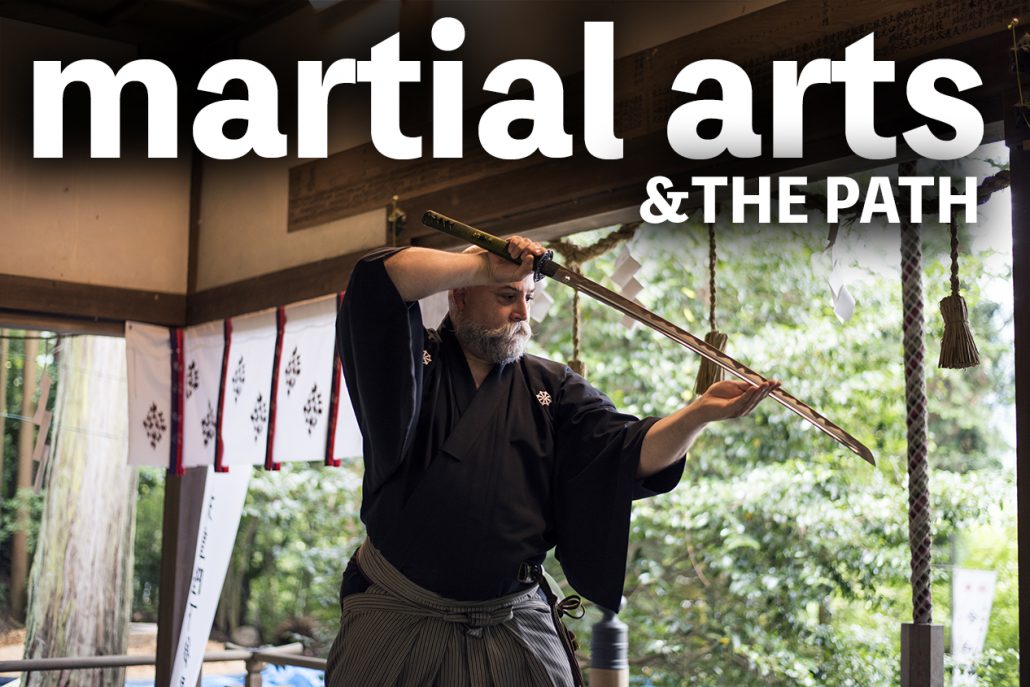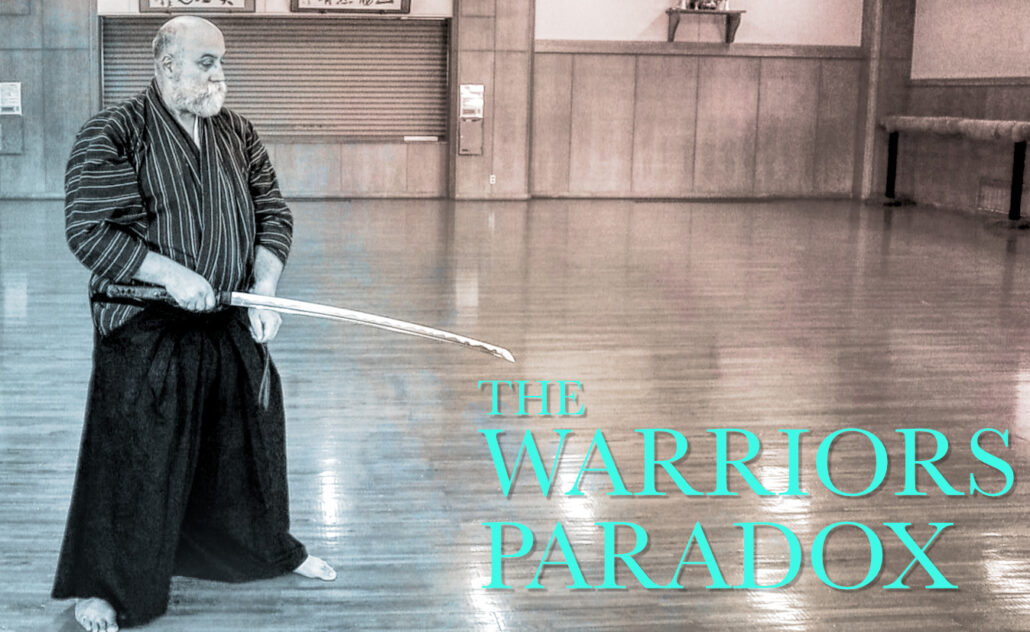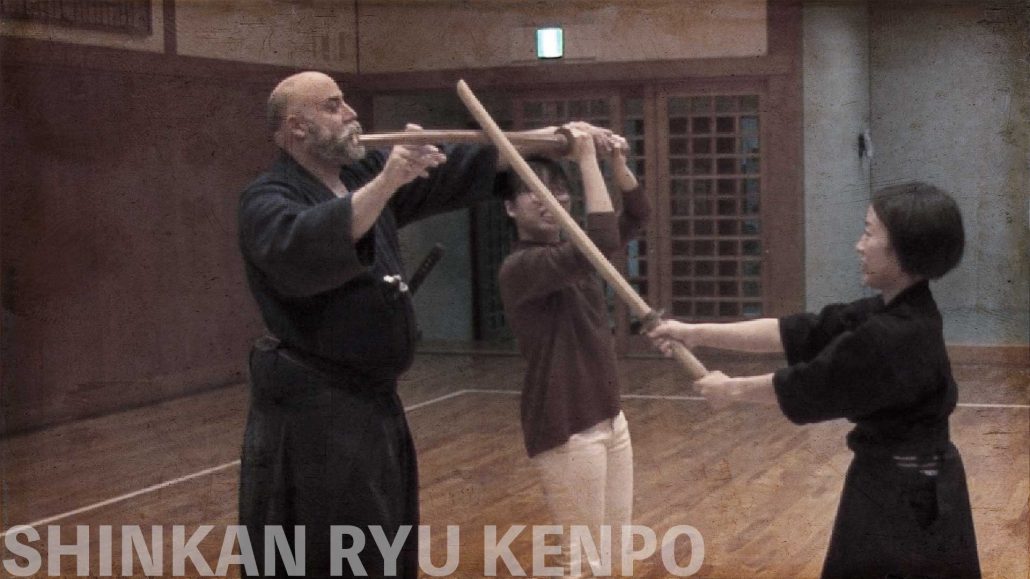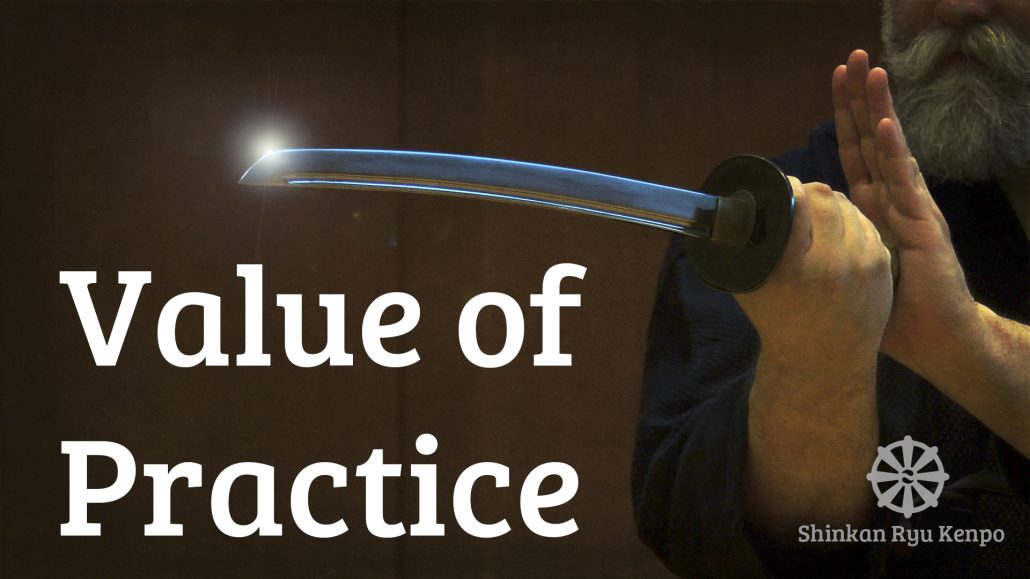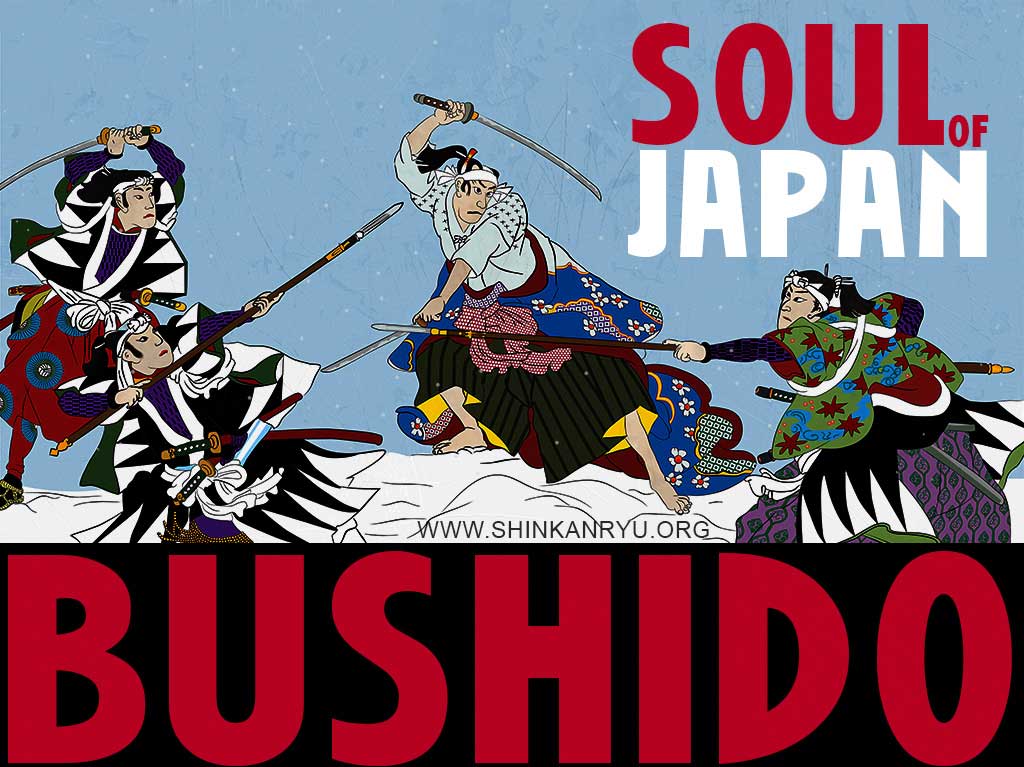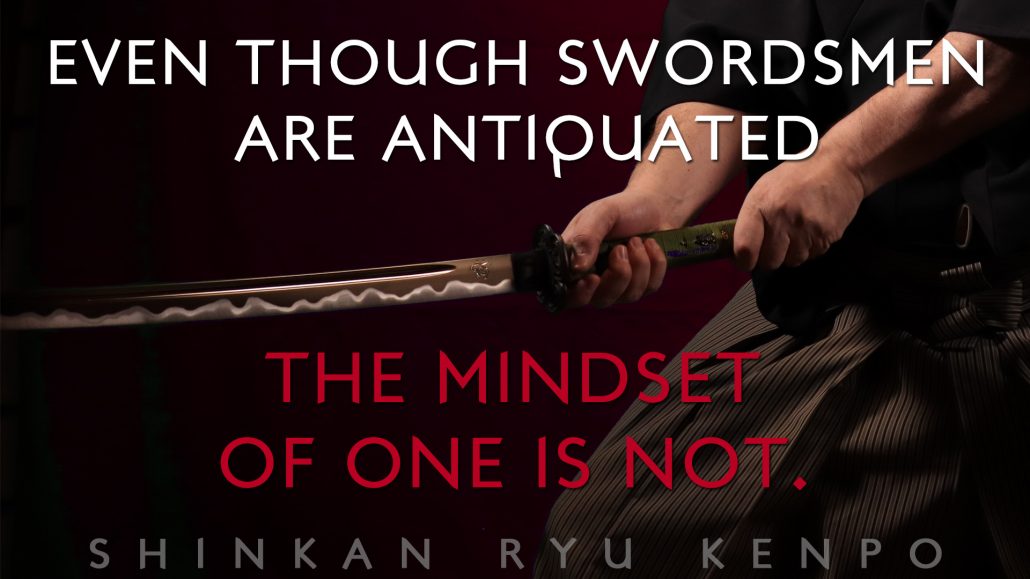Beware The Rabbit Holes.
I want to talk about some pitfalls of martial arts training. Although I focus on classical kenjutsu and iaijutsu training, this advice applies to all martial arts. Asking inappropriate questions can be a real hindrance to learning marial arts. I guess that it is mostly students that have this problem., although teachers might also have this issue. It is normal for people practicing martial arts to ponder, "What am I doing?" and "Why [am I doing it]?"
These are apparent questions but what might not be so obvious is how these questions can become a problem.
For example, I was asked, “How do you draw the katana with the left hand if you can not use your right hand due to it being damaged in battle?”
It is good to have some critical sense and ask the questions; “what am I doing,?” and "why am I doing it?”. For example, when I do nukitsuke (drawing the sword), is there a reason I grip the sword like this or that? And not like this or that?
What happens to many people, however, including me at times in the past, is that you can quickly get drawn into rabbit holes and go crazy with contingencies and deviate from proper techniques.
For instance, we might have learned a technique where an opponent comes in for an attack, and we are supposed to counter, move and draw the sword in a specific manner. Or we are supposed to lock down the opponent's sword in some way and draw our wakizashi. What follows is usually asking yourself, or your teacher, " But what if..?" "Sensei, what if they do this...?" "What if?" What if indeed.
Less really is more
Most traditional schools (koryū) don't have techniques with a plethora of contingencies. This is not what learning bujutsu is about. Martial arts the world over is rife with immature thinking. There are some techniques that you learn at the start, and then possibly, later on, depending on the school, you will learn counters to those techniques or expand on them. Techniques that are expounded are some times called omote and ura or henka waza. We are not training to have methods for every permutation of attack. No classical Japanese martial arts has ever done that. So why are you trying to do that? It is a waste of your time, and your teacher's as well. Authentic martial arts is not about the singular technique to best someone. Proper martial arts is about the holistic training of the individual within the ryū-ha (the style). The forming of the swordsman in my case. This is also prevalent in the myopic thinking within martial arts of dojo hopping and trying to take techniques from many different sources without first creating a proper foundation in bujutsu.
One thing that might happen if you're a martial arts student or even a teacher is that you get into these debates as mentioned earlier, veering off the path, and you forget why you are training.
In bujutsu, there are combative attitudes, ideals, and mindsets, which are the cornerstone of the techniques and the system. There are unique methods of tradition. We should not lose our grasp of them. The amount of waza is not important. The idea that the quantity of techniques is essential is misguided. Some times we see unqualified people trying to expand the methods and some even try to boast they have 400 waza. Cramming things into your dojo doesn't increase the quality. That is a marketing scheme used by individuals that don't understand bujutsu.
If you are throwing numbers into your school as a marketing ploy, I believe you are doing it wrong. You shouldn't be using it as a selling point. It might be good if you are a true sogo-bujutsu ryū-ha and doing kenjutsu, sōjutsu, kyujutsu hojojutsu..etc. etc. That's good. There are some classical Japanese bujutsu like that, and what you usually find is even with the various weapon systems the techniques are reasonable in number.
If you train one technique and do that over and over again, you expand the essence of the warrior mindset and elements used in combat. You can increase the depth of the understanding of the technique. You don’t extend the amount, but you develop the quality.
The Toolbox
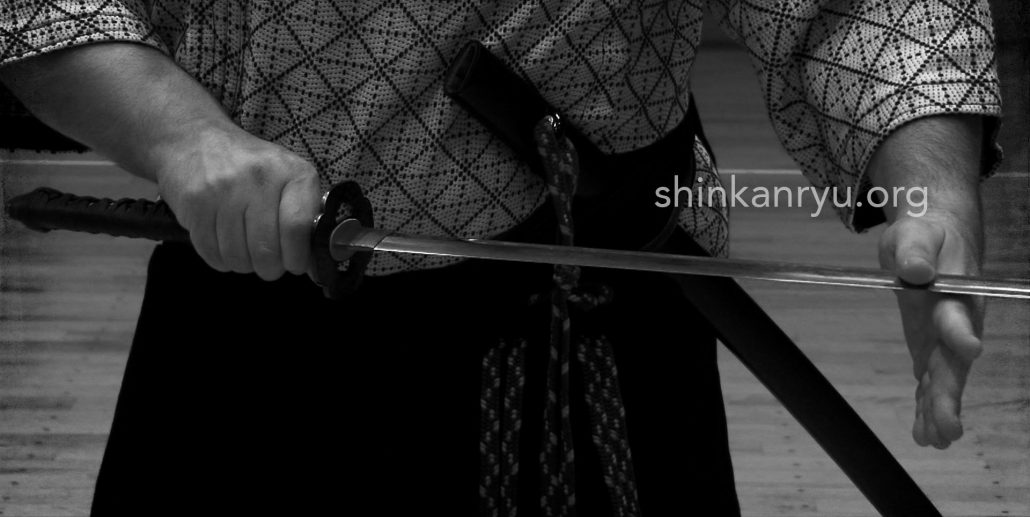
When you do the waza correctly, you understand what the combat applications and context are about. What is the school trying to teach you about approaching a fight or sword duel? It is not merely about the technique. I don't need to have a contingency or backup plan in my head if the opponent doesn't strike this way, or that. I certainly do not need to fret that I don't have the smaller sword. There might be another waza where I do some or other that works. That action to counter the opponent's attack is available in my toolbox.
That's what you are doing. You are putting things in your bujutsu toolbox. Continually asking, "what if " does not, in the end, do anything to enhance the technique or your training. It's important to understand that if you have all these 'what if'' questions, then you aren't training correctly.
Of course, you do need to have questions. I am not saying we should not question anything. If I approach someone on the ground, for example, questions such as; Why am I bending my leg? Should I be leaning or not? Branching out from that, however, and saying what if the opponent tries to hit my face? What if there is someone behind me? In my opinion, the later types of questions are an immature training mindset. It is fantasy sword (martial arts) training and borderlines on LARPing. Follow your teacher and the techniques until they are thoroughly understood. Having a more quiet mind during the beginning of shuhari phase is a good idea.
Do you think having contingencies and planning for everything is real bujutsu? If an enemy comes this way and I have a damaged leg I can do this or that because I trained as if I had an injured leg, is nonsense. It might make for an interesting exercise on a dull Saturday afternoon, but it's not part of real training.
People think rolling around in the mud, training in shallow water, or practicing on slippery surfaces enhance their training. These people will argue that samurai on the battlefield had to deal with such environments. While combat does not wait for fair weather is undoubtedly true, if you believe that merely training that way is enhancing your training, then you are lost in the dark. That type of mindset usually weighs the scales to one side and leaves other areas of practice neglected.
Looking at modern combat resources, the military doesn’t train for thousands of contingencies. They prepare to respond. There are some techniques, of course, but the more significant aspect is combative mindsets and psychology. That is, in essence, the same thing that we are doing in koryū bujutsu. We are training to respond correctly. You are preparing yourself in the waza to perform successfully under duress. In the beginning, it is light and easy. Slowly the instructor adds duress and variations and exploits your weaknesses. Then you can understand moving this way, or that is bad or good. It's not a linear A-B-C type of training.
Too Many Questions Create Static
I have seen so many people go off to the dojo and training and ask 'what if.' What if I have no arms? What if I can not move? What if I have no swords? What if it's raining? Going back to the original question of someone asking me how one would draw a sword with the left hand due to an injury with the right hand.
This kind of question is reasonable to briefly consider but not to ponder profoundly and follow down the rabbit hole. If you have an injury to your hand, then what is the exact problem? Are the extensors or flexors of the forearm cut or severed? Or is the damage on the back of the hand? It is martial arts foolishness to chase down these contingencies and questions. It is a waste of valuable practice time. There are all kinds of physical and mental techniques that your school should be teaching to help you deal with such things.
So I am put am in this hypothetical situation by my student where my right hand is unusable. It is a silly idea, of course, because your wakizashi or tanto is in your belt. When presented with that fact the student says, "But what if you don't have your tanto or wakizashi?"
Can you see where this is heading? If you can not see then its probably an indication you need to think more deeply on this whole subject. It's heading right down a rabbit hole.
Those contingencies are pure fantasy. You might think you are creating a wholistic bujutsu; however, you can not do that and train properly. The actual techniques just aren't present in your school. Why are you unhappy training within your system? There is a reason why some things don't exist.
When I had asked my student why is there no secondary sword? My question was met with a simple, “Well, there is none.”
So it is these fantasy situations that don't propel the art or your practice further along. If my art doesn't have a technique (mental or physical) to deal with this, then making one up is not the answer. Having a lot of proper training under your belt, later you could try to form something new. If, however, you have to ask these why-why-why questions, then I would argue that you are not at the level you need to be where you should be creating new techniques. Training in these fantasy scenarios doesn't make your budo better than other schools or the best martial artist you can be.
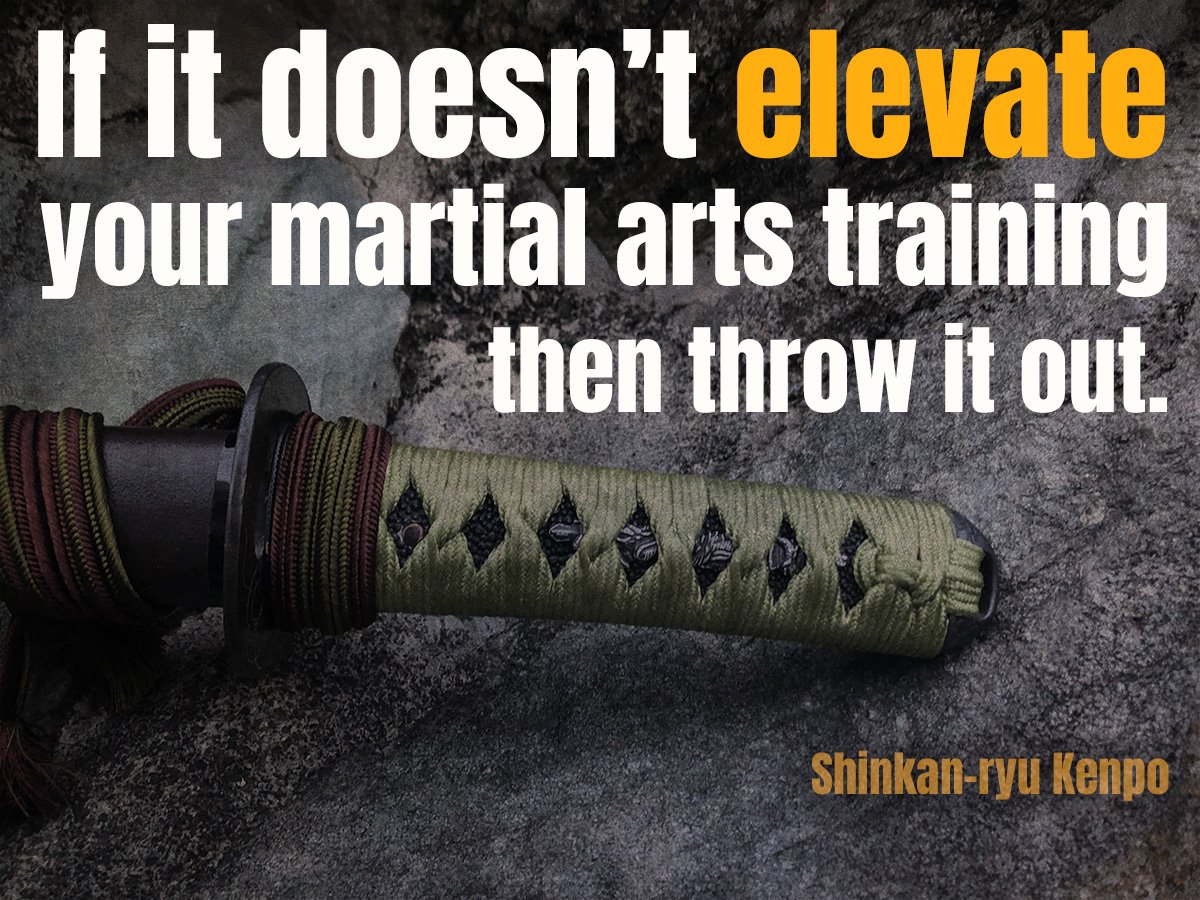
Never Ending Story
Hone the real skills that are in the school. For example, there is a technique where someone grabs your weapon. Can you do the technique if they have a death grip on it? Does it still work? What if you change your blocking angle from this to that? In my opinion, that kind of question is worth asking as it relates directly to the waza. They pertain to the waza and make you understand why you are doing it. But to ask questions like "What if I don't have a sword?" or "What if I can’t move to the left?" etc. etc. don't add any value. If it’s not taught in your school, then just let it go. Perhaps join another school or work within that school.
The other aspect of this is the combative attitude and mentality in the waza. There is a psychological game. Not just physical techniques. There are attitudes and philosophies. That's what makes your system. Taking things from this scroll or that scroll, this school or that school doesn't make a complete system. Though there are classical systems that have various schools combined into the one system, however, there is a cohesiveness to them, and they fit.
Be prudent with your desire to learn. Be patient and stay put and observe longer. Contemplate if your question will lead to answer that matters at that time or not. There is a lot for us to explore in martial arts training. Think about your questions before you waste too much time at practice chasing things down rabbit holes.

ラジカスキー真照
館長Saneteru Radzikowski is the head sword instructor of Shinkan-ryū Kenpō. He lives and teaches Iaijutsu and Kenjutsu from Nara, Japan.
Happy Setsubun
鬼は外! 福は内! In our house we dont use beans to chase out the demons, we...
The Samurai and unwavering loyalty
The Samurai have been portrayed in popular culture as noble and faithful warriors who strictly...
Bujutsu Thoughts
Training in iaijutsu (or any bujutsu) means doing the same thing over and over and...
Speed, Martial Arts and Samurai Theater
What’s the difference between bugei 武芸 (martial arts) demonstrations and stunts? People are awed by...
Sword Grip Tenouchi Iaido Video
This video describes basic hand grips (tenouchi) for using a katana (Japanese sword).
You With Sword In Hand, Calm Yourself
The mental issues involved with subscribing to someone you dislike, hate, have anger towards, desire...
death budo
What have you been distracting yourself with while death is around the corner? Time is...
Greed And Martial Arts
We must endeavor to cultivate generosity while looking at the roots of our greed. Removing...
Keishi ryu Iaijutsu
In 1888 the Tokyo Metropolitan Police department decided to cull various ryu-ha together to form...
Bujutsu Centering
When practicing bujutsu we should always work on being centered. For non-practitioners, it is also...
Martial Arts Responsibility
As a martial arts instructor, or school, or especially if you’re representing an authentic Japanese...
How to self-learn sword skills?
How to self-learn sword? A question that pops up in my communications frequently is, “How...
Kesagiri: Anatomy of A Sword Strike
In Japanese swordsmanship, there have been many hundreds of schools. There are, however, only a...
Iaijutsu Iaido Sword Timing Lesson
Timing while training alone is an important aspect to keep alive and well in the...
7 Year Anniversary of Online and In-person Sword Learning
Today marks a significant milestone in our journey — the 7th Anniversary of Shinkan-ryu Kenpo!...
Making Excuses In Martial Arts
In the dojo, when I hear a student offer excuses to a teacher, I can...
Martial Arts and The Path: Strive for the truth
If you study the way and path 道, then you should understand the truth correctly....
The Warrior Paradox
The True Spirit of Martial Arts: Beyond the Skilled Sword In the world of Japanese...
How to learn kenjutsu?
How to learn kenjutsu? Learning anything as profound as a martial art needs a teacher....
What Value Is In Martial Arts Training?
Someone asked, “What value is there in martial arts training?” I reflected, what do I...
Bushido: The Soul of Japan
The code of the samurai is always popping up in martial arts circles and popular...
The Old Is Not Distant
This is important to understand when practicing historical or classical martial arts. Although the sword...
©2019 S.F.Radzikowski


